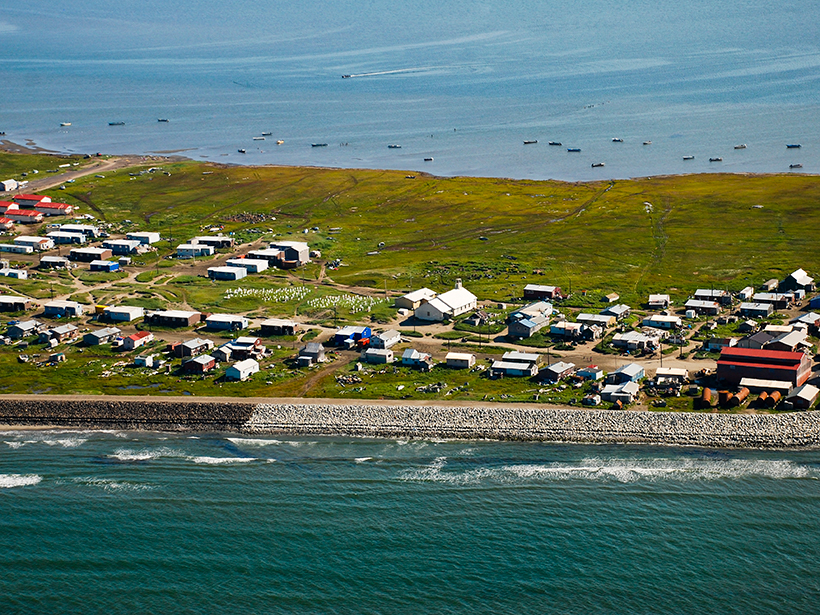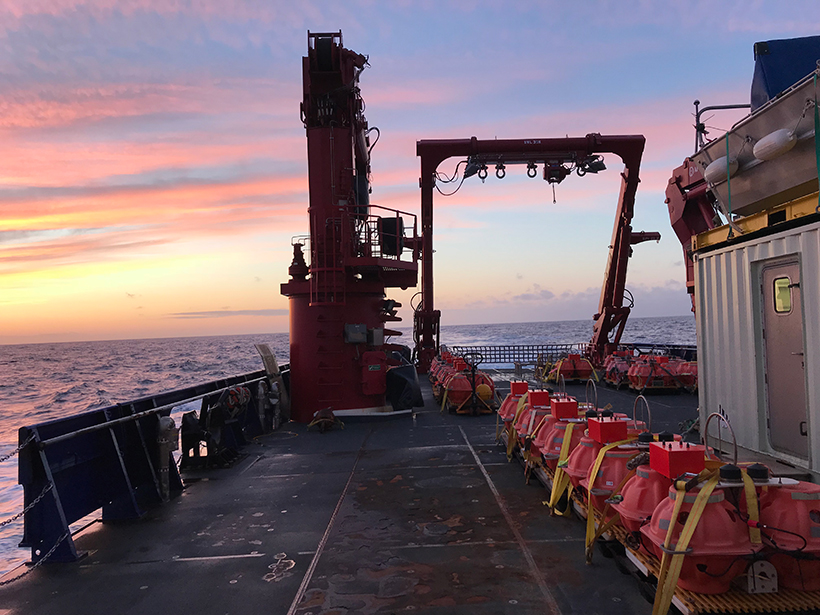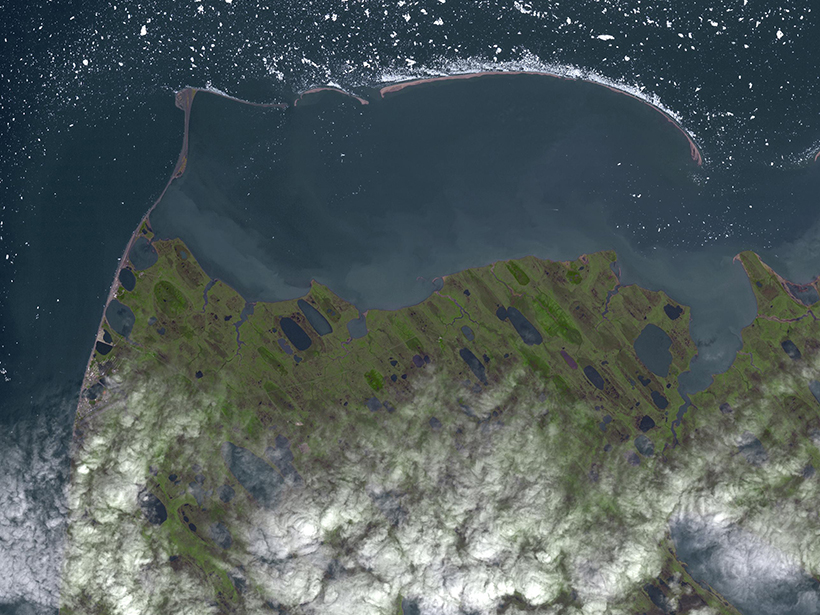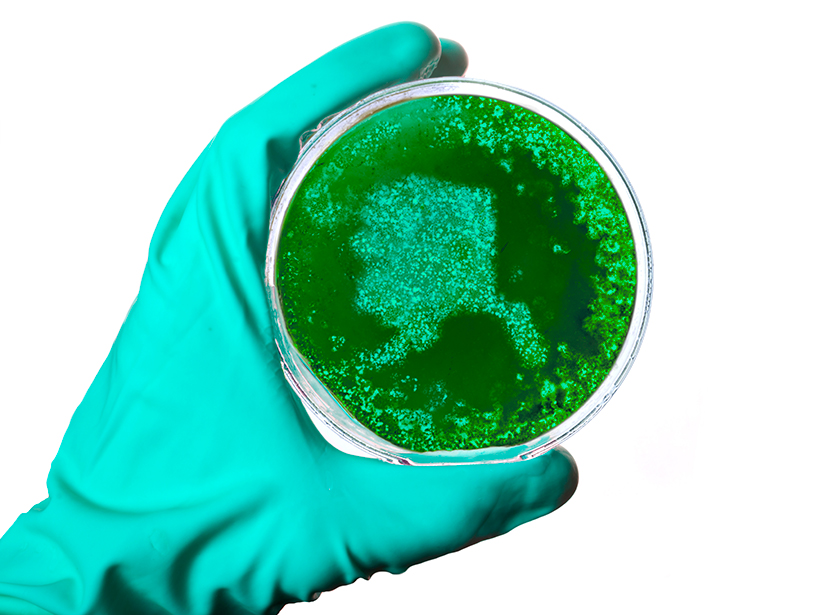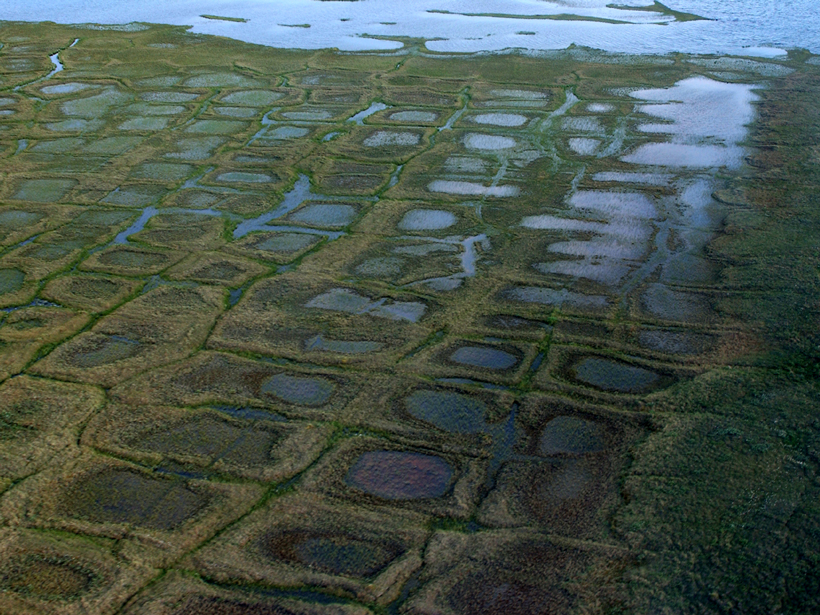Scientists examine how best to use science to help communities respond to rapid climate change in the Arctic.
Alaska
Methane-Releasing Tundra Soils Freezing Later Each Year
Scientists find links between delayed freezing of Alaskan soils and higher atmospheric methane concentrations during the cold season.
University of Alaska Faces Budget Crisis
The state legislature decides this week whether to override the governor’s $130 million cuts that could devastate the university and its world-class research.
Study of Alaskan Landslide Could Improve Tsunami Modeling
A rare submarine landslide provides researchers with a reference point for modeling the biggest tsunamis.
Examining Alaska’s Earthquakes on Land and Sea
The Alaska Amphibious Community Seismic Experiment is taking a close look at seismic activity along the Alaska Peninsula to understand earthquakes in this little-studied region.
Sen. Murkowski Warns About the Impact of Climate Change
The senator from Alaska says the impact of climate change in her state “is real, it is happening, it is now, and almost none of these changes are for the better for us.”
Autumn Warming No Longer Accelerating Carbon Loss in the North
An analysis of Point Barrow’s 40-year record points to the importance of calculating the carbon cycle’s response to temperature during the northern latitudes’ non-growing season.
How Two Massive Space Storms Zapped Alaska
New study reveals how space weather causes rapid fluctuations in Earth’s surface geomagnetic field.
Alaska Spotlights Its Health Risks from Climate Change
In the only Arctic state in the United States, Alaskans have already been affected by health repercussions of warming. More and worse lie ahead, a new state health report says.
Senior USGS Official Quits over Request for Advance Alaska Data
The official objected to providing results of an Alaskan energy assessment to Interior Secretary Zinke before the report was public. The department says Zinke acted within his authority.

